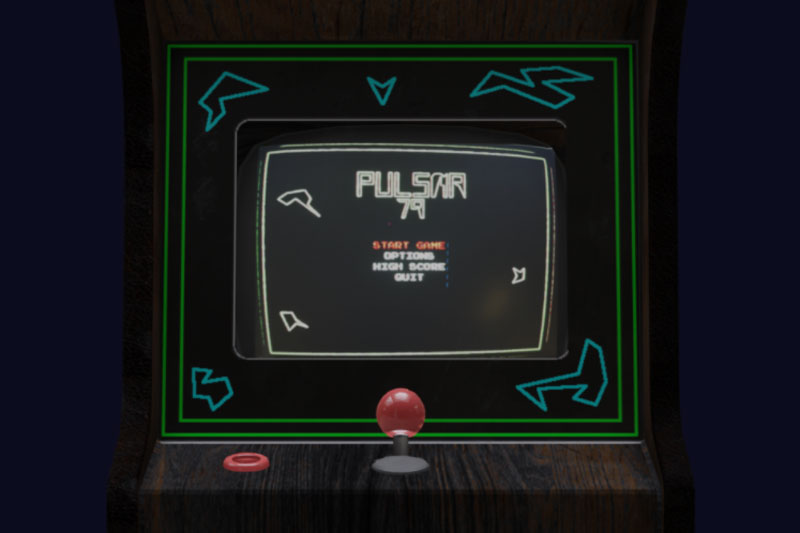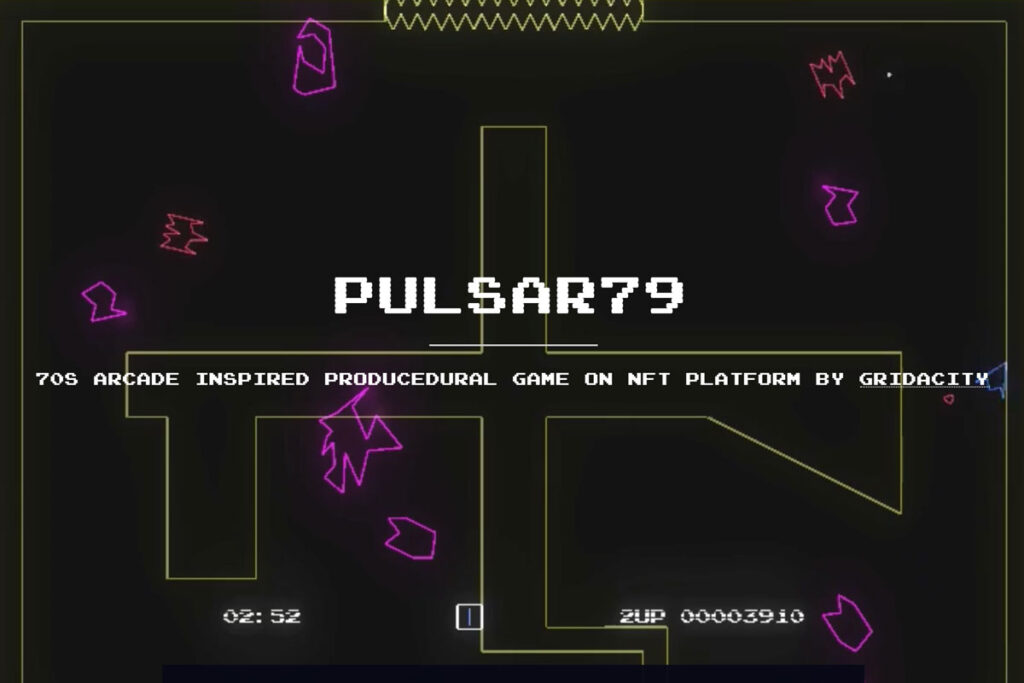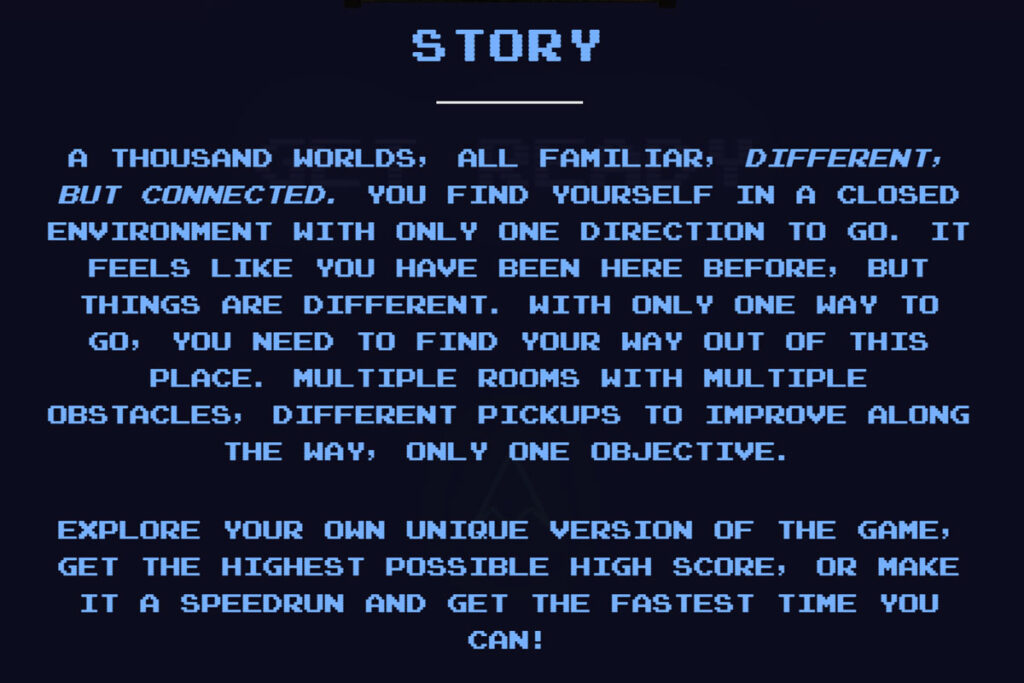
Gridacity used ArDrive and data permanence to help create Pulsar79, the first fully on-chain video game in the world.
The Gridacity team are gamers to the core. In looking to push the gaming world forward with an arcade game built fully on a blockchain, they looked to the past for inspiration.
Gridacity developed Pulsar79 as a 1970s inspired game that runs fully on a blockchain and uses a NFT platform and tokens for rewards to players.


The problem
Some say NFTs are a passing fad, but as the months go by, it seems more likely that NFTs are here to stay. But with all the excitement a notable problem is being overlooked: where is the image or media file of the NFT actually being stored?
When people typically buy a piece of digital art, the data transaction is stored on the blockchain, but the actual media file they bought can be stored anywhere on a local computer, a cloud server or a USB thumb drive. As we hear (and experience) stories about lost data and files everyday, this is becoming a real problem for NFTs. There’s no way to get that media file back once it’s gone.
Gridacity saw this problem for Pulsar79. They wanted to have in-game NFTs but also wanted to make sure that they had value over the long-term. As Gridacity stated, “we wanted to do a proper native game with an NFT, so we were looking for permanent storage solutions to make sure the NFT doesn’t disappear.”
What NFT would have any value or provide real ownership if the actual media file was gone forever if a computer crashed or someone stopped paying for cloud storage?

Pulsar79 NFTs on Open Sea
The solution
The search for a single place to store all of the information about the NFT – transaction records and the actual media files – led the team to ArDrive.
As one of the founders put it, “Since other blockchain solutions are still not to a point where permanent is fundamentally part of the infrastructure, we found ArDrive as a solution.”
With ArDrive every image that is uploaded is given a data transaction, a metadata transaction, and a permalink to the image, which all point to the actual image that is on the Arweave blockchain.
On the technical side Gridacity explained that the way ArDrive deals with NFTs is to host a JSON file on ArDrive. That JSON file includes the NFT metadata and points to the actual media file.
In other words, the NFT players receive will always exist. When someone wins an NFT on Pulsar79 they get true and lasting ownership of the NFT they won.
The results
Gridacity was able to launch Pulsar79 as the first gaming experience that is fully on blockchain, beating the competition by two weeks!
In addition, they were so pleased that data permanence allowed them to design the game and user experience the way they intended. As their file sizes are quite large, storing on Ethereum was not really an option. Using ArDrive and the Arweave blockchain allowed them to “not be restricted in storage capabilities, so we did not have to sacrifice on any design choices.”
No messy workarounds were needed with Pulsar79 and the gamers can interact with the game and NFTs as designed.
Explore
- Play Pulsar79 on their dedicated website
- Check out their collection of NFTs for Pulsar79 on OpenSea
- For future projects you can check out the Gridacity team
- Learn more about NFTs on ArDrive